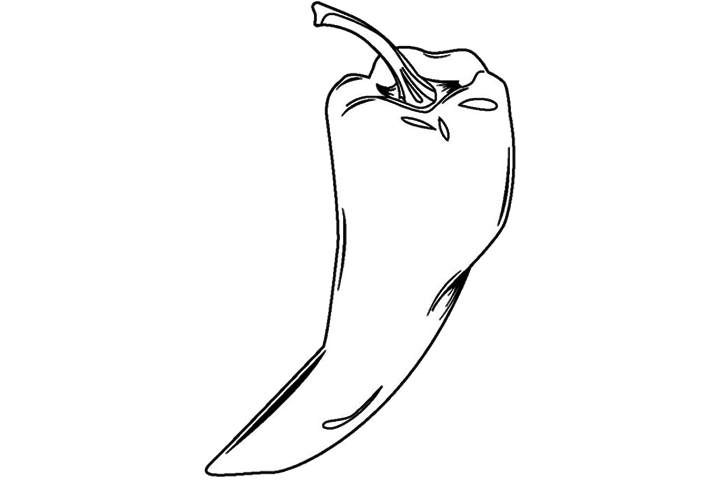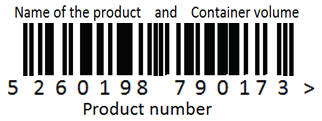|
Shelf Life
|
|
1 year
|
|
When opened
Keep in a cool place
|
|
Available
in
Normal
|
 |
Good with:
Salads, some Meats and Fruits
|
|
Ingredients - Allergents are in
BOLD
New
York 88
About the sauce
Legend has it that
the cheese was discovered when a youth, eating his lunch of bread
and ewes' milk cheese, saw a beautiful girl in the distance.
Abandoning his meal in a nearby cave, he ran to meet her. When he
returned a few months later, the mold (Penicillium
roqueforti) had
transformed his plain cheese into Roquefort.
It is claimed that
Roquefort, or a similar cheese, is mentioned in literature as far
back as AD 79, when Pliny
the Elder remarked
upon its rich flavor. In
1411, Charles
VI granted a
monopoly for the ripening of the cheese to the people of
Roquefort-sur-Soulzon as
they had been doing for centuries. Cheesemaking colanders have
been discovered amongst the region's prehistoric relics.
In 1925, the cheese was the recipient of France's first Appellation
d'Origine Contrôlée when
regulations controlling its production and naming were first
defined. In 1961, in a landmark ruling that removed imitation, the Tribunal
de Grande Instance at Millau decreed
that, although the method for the manufacture of the cheese could be
followed across the south of France, only those cheeses whose
ripening occurred in the natural caves of Mont Combalou in
Roquefort-sur-Soulzon were permitted to bear the name Roquefort.
Comments
Intense, Chunky and the best you have ever tasted. This is different from most of the Roquefort Dressings.
Very thick and creamy dressing. Best over an
Lettuce
wedge, with tomato garnish; a meal in it's self.
|
|
Food value
sample
|
Nutritinal Information
Per 100 gr
|
|
|
Carorises
|
93kcal |
|
Fat |
0,5g |
|
Saurate fat |
<1,1gr |
|
Carbohydrates
|
20,7g |
|
Sugars |
19,8g |
|
Protien |
1,5g |
|
Salt |
1,7g |
|
|
Item number
Sample
 350 ml Bottle
5 260198
790173
350 ml Bottle
5 260198
790173
 500 ml Bottle
4 260198 790175
500 ml Bottle
4 260198 790175
 900 ml Bottle
4 260198 790177
900 ml Bottle
4 260198 790177
 2.5 Liter
560 7552
990565
2.5 Liter
560 7552
990565
 5 Liter
4 260198 790111
5 Liter
4 260198 790111

|
 350 ml Bottle
5 260198
790173
350 ml Bottle
5 260198
790173
 500 ml Bottle
4 260198 790175
500 ml Bottle
4 260198 790175
 900 ml Bottle
4 260198 790177
900 ml Bottle
4 260198 790177
 2.5 Liter
560 7552
990565
2.5 Liter
560 7552
990565
 5 Liter
4 260198 790111
5 Liter
4 260198 790111
